Specifications
| Title | Horatius Cocles Defending The Sublician Bridge and Marcus Curtius Leaping into the Chasm |
|---|---|
| Material and technique | Pen and brown ink |
| Object type |
Drawing
> Two-dimensional object
> Art object
|
| Location | This object is in storage |
| Dimensions |
Height 117 mm Width 133 mm |
|---|---|
| Artists |
Draughtsman:
Anoniem
|
| Accession number | I 6 (PK) |
| Credits | Loan Stichting Museum Boijmans Van Beuningen (former Koenigs collection), 1940 |
| Department | Drawings & Prints |
| Acquisition date | 1940 |
| Creation date | in circa 1470-1520 |
| Watermark | none, vV, 5P (fine paper) |
| Inscriptions | '.n. 6' (lower centre) |
| Collector | Collector / Franz Koenigs |
| Mark | F.W. Koenigs (L.1023a), verso |
| Provenance | Franz W. Koenigs (1881-1941, L.1023a), Haarlem, acquired in 1926 (Florentine, second half 15th century); D.G. van Beuningen (1877-1955), Rotterdam, acquired with the Koenigs Collection in 1940 and donated to Stichting Museum Boijmans Van Beuningen |
| Exhibitions | none |
| Research |
Show research Italian Drawings 1400-1600 |
| Literature | none |
| Material | |
| Object | |
| Geographical origin | Italy > Southern Europe > Europe |
| Place of manufacture | Florence > Tuscany > Italy > Southern Europe > Europe |
Do you have corrections or additional information about this work? Please, send us a message
























